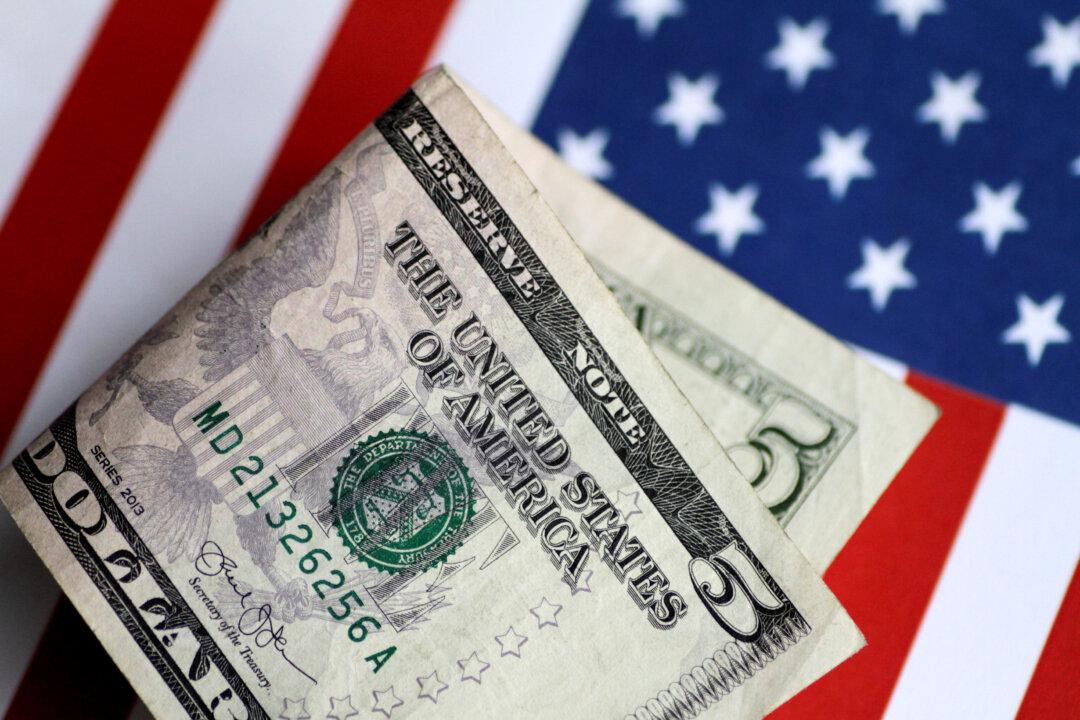States across the United States are more financially prepared to weather a recession, with record-high cash reserves that are expected to increase further this year, according to the National Association of State Budget Officers (NASBO).
According to the latest data from NASBO, state reserves, also known as rainy-day funds, increased 58 percent over fiscal 2020 levels, to reach a new high of $121.8 billion in 2021, and continued growth in fiscal 2022 to total $134.5 billion, with 43 states recording year-over-year increases.





